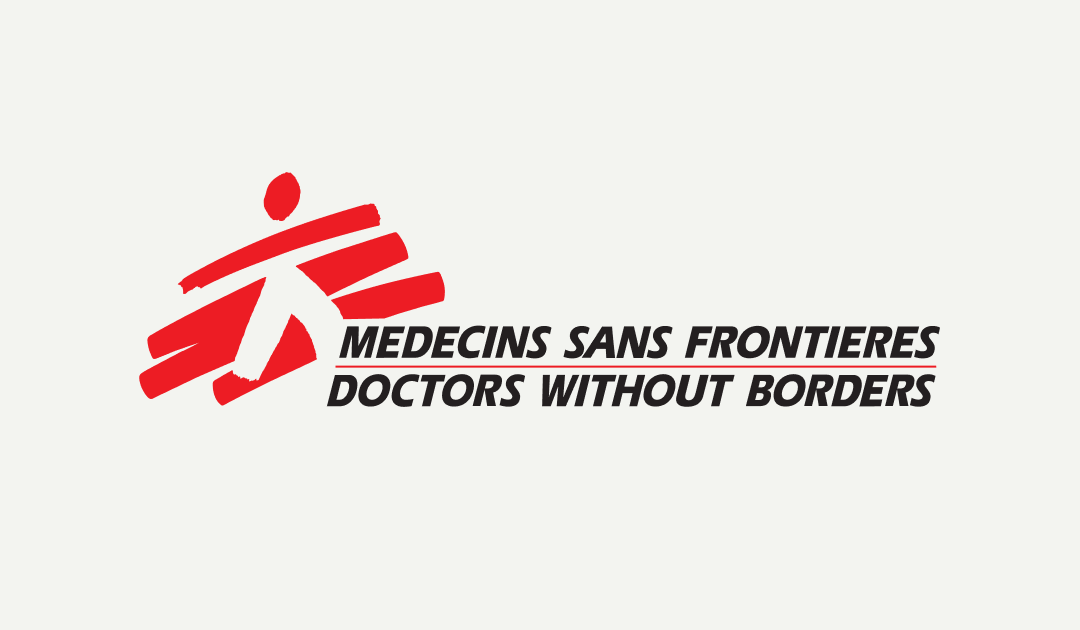When natural or manmade disasters strike, governments may be ill-prepared to respond. Disasters can also disrupt existing healthcare and sanitation infrastructure, creating even more problems. This can make life extremely dangerous for people living in disaster zones.
The global organization Doctors Without Borders was founded to mitigate the humanitarian impact of these types of crises. For more than half a century, Doctors Without Borders has responded to disasters across the world.
Doctors Without Borders: The Historical Context
In the late 1960s, war broke out in newly independent Nigeria. Government forces clashed with secessionists in the breakaway region of Biafra. The Nigerian government blockaded the region, which limited access to food and humanitarian aid.
France, as one of Biafra’s few international supporters, sent medical assistance and professionals to the besieged region. During the Biafra crisis, a group of French doctors responded to a powerful cyclone in Bangladesh.
After experiencing the difficulties of delivering health care in a variety of disaster settings, the returning doctors established two organizations, French Medical Relief, and the Emergency Medical Surgical Intervention Group. By 1971, the two merged their resources under one united front, Médecins sans Frontières (“Doctors Without Borders”). Members pledged to provide medical support to all in need, no matter their political stance.
Founding Principles of Doctors Without Borders
To this day, Doctors Without Borders plays an important role in delivering neutral humanitarian assistance to areas ravaged by conflict and poverty. Doctors Without Borders can perform its work apolitically due to its guiding principles.
The first is that Doctors Without Borders works independently and not on behalf of any nation or cause. It is funded purely by private donations. This allows Doctors Without Borders volunteers to deliver aid where needed, even across conflict lines.
Doctors Without Borders adheres to the same medical ethics as expected in conventional medical settings. Its operations are guided by the principle that its work must not cause additional harm to the recipients or the local communities. This is one of the reasons why Doctors Without Borders prioritizes boosting local capacity, ensuring that communities can sustain aid initiatives even after the organization has left.
The Pioneering Spirit of Doctors Without Borders
As experts in delivering medical aid in low-resource settings, Doctors Without Borders has reformed disaster response through its groundbreaking innovations and approaches.
One of the organization’s earliest innovations is the ready-to-use medical kit. First developed in 1981, these kits contain the most essential tools to perform life-saving procedures in a disaster’s immediate aftermath.
These kits allow Doctors Without Borders and local medical professionals to create “open-air operating rooms” in extremely challenging conditions. Typically pre-stocked and tailored for specific emergencies, these kits prove invaluable in austere settings.
Doctors Without Borders has also helped advance some of the most promising medical treatments of the 20th and 21st centuries. For example, Doctors Without Borders was the first organization to use the artemisinin-based combination (ACT) therapy anti-malaria drug. ACT is now the standard malaria response recommended by the World Health Organization.
As a reflection of the organization’s impact, Doctors Without Borders earned the Nobel Peace Prize in 1999.
Doctors Without Borders: Impact and Global Reach
In 1971, Doctors Without Borders had 13 founding members. Today, it has more than 45,000 volunteers based in more than 70 countries. While many are doctors, there are also hundreds of logistics and infrastructure specialists, mental health professionals, and administrators. The organization has responded to some of the most significant humanitarian disasters in the past five decades.
Doctors Without Borders volunteers were among the first to support survivors of the Haiti 2010 earthquake, which killed more than 200,000 people. Doctors Without Borders has also responded to manmade crises in war-torn regions, including South Sudan, Yemen, and Syria.
Challenges and Future Outlook
Since the inception of Doctors Without Borders, significant strides have been made in the field of medicine. However, the demand for humanitarian aid continues to surge, particularly due to the burgeoning global migrant and refugee crisis.
Famine, war, and climate change have pushed more people than ever to seek out life in another country. However, this has resulted in the creation of unsustainable refugee camps, where people have limited access to food, medical care, and clean water. At the same time, hundreds of thousands are taking dangerous routes over the sea, desert, and jungle to enter Europe and the United States.
Climate change and civic instability have also worsened conditions for infectious diseases. Cholera outbreaks have become increasingly frequent, affecting nearly two dozen countries in 2021. Disruptions to daily life have also increased illness and deaths related to maternal, infant, and child health issues.
Doctors Without Borders has focused much of its efforts on providing sustainable preventative care, including prenatal screenings, childhood vaccinations, and feeding programs for malnourished children.
Conclusion
Doctors Without Borders continues to be one of the most trusted and reliable organizations in disaster response. The work of its dedicated volunteers has helped millions worldwide. Its use of innovative methods and treatments has also improved the lives of billions.

